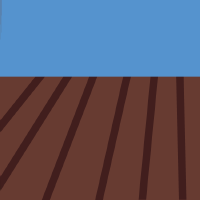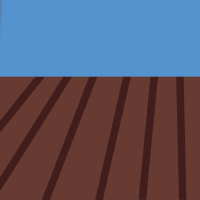/ library resources
Showing items 1 through 9 of 10.The Fit-For-Purpose Land Administration (FFPLA) approach uses flexible techniques under basic regulations, avoiding complicated systems and aiming to fulfill the objective of land tenure security for all.
In Colombia, one-third of the land is devoted to cattle farming, which is one of the main drivers of deforestation, land degradation, loss of biodiversity, and emissions of greenhouses gases.
Over the past decade, countries have strived to develop a global governance structure to halt deforestation and forest degradation, by achieving the readiness requirements for Reducing Emissions from Deforestation and forest Degradation (REDD+).
Few studies analyze people’s preferences for ecosystem services (ES), disservices (ED) and drivers of change in less populated, tropical municipalities.
One of the most difficult types of land-related conflict is that between Indigenous peoples and third parties, such as settler farmers or companies looking for new opportunities who are encroaching on Indigenous communal lands.
One of the most difficult types of land-related conflict is that between Indigenous peoples and third parties, such as settler farmers or companies looking for new opportunities who are encroaching on Indigenous communal lands.
The Fit-For-Purpose Land Administration (FFPLA) approach uses flexible techniques under basic regulations, avoiding complicated systems and aiming to fulfill the objective of land tenure security for all.
One of the most difficult types of land-related conflict is that between Indigenous peoples and third parties, such as settler farmers or companies looking for new opportunities who are encroaching on Indigenous communal lands.
One of the most difficult types of land-related conflict is that between Indigenous peoples and third parties, such as settler farmers or companies looking for new opportunities who are encroaching on Indigenous communal lands.
Paginación
Land Library Search
Through our robust search engine, you can search for any item of the over 73,000 highly curated resources in the Land Library.
If you would like to find an overview of what is possible, feel free to peruse the Search Guide.






